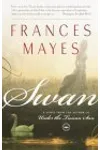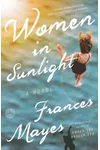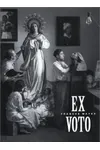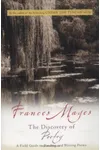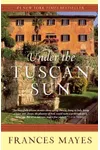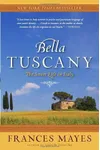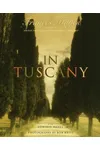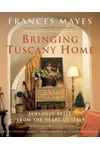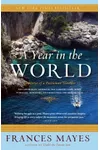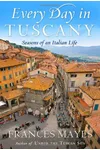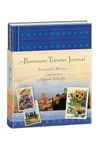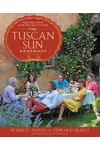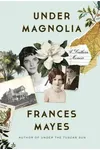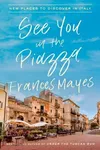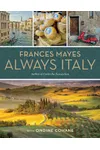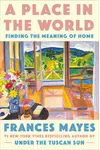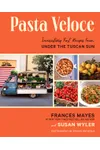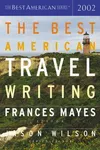Picture a Southern poet who traded Georgia’s red clay for Tuscany’s golden hills—meet Frances Mayes! Her 1996 memoir Under the Tuscan Sun didn’t just top bestseller lists; it sparked a global love affair with Italian villas, fresh pasta, and daring new beginnings. From academia to international fame, Mayes’s lyrical storytelling invites readers to savor life’s simple pleasures.
Born in Fitzgerald, Georgia, Mayes wove her Southern roots into a tapestry of poetry, memoirs, and novels that celebrate place and transformation. Her journey from professor to beloved author is a testament to chasing dreams, no matter how wild they seem.
The Making of Frances Mayes
Frances Mayes, born March 23, 1940, grew up in a small Georgia town, surrounded by cotton fields and Southern charm. The youngest of three sisters, she lost her father to cancer at 14, a pivotal moment that shaped her introspective nature. She studied at Randolph-Macon Woman’s College and earned a BA from the University of Florida, later completing an MA at San Francisco State University in 1975. As a professor and chair of creative writing, Mayes honed her poetic voice, publishing works like Sunday in Another Country (1977) while teaching students to find beauty in words.
Her early life wasn’t all smooth sailing—divorce from her first husband, William Frank King, left her seeking a fresh start. In 1989, she took a leap, buying a dilapidated villa named Bramasole in Cortona, Italy, with her partner, Edward Kleinschmidt. This bold move would change her life and inspire her most iconic work.
Frances Mayes’s Unforgettable Stories
Mayes’s writing blends poetic precision with a traveler’s curiosity, creating vivid portraits of place and culture. Her breakout memoir, Under the Tuscan Sun: At Home in Italy (1996), chronicles the renovation of Bramasole, weaving tales of Tuscan markets, ancient frescoes, and mouthwatering recipes. The book’s sensory richness—think sun-warmed tomatoes and crumbling stone walls—kept it on the New York Times bestseller list for over two years and inspired a 2003 film starring Diane Lane.
She followed with Bella Tuscany: The Sweet Life in Italy (1999), diving deeper into Italy’s charm, from garden strolls to village feasts. The Tuscan Sun Cookbook (2012), co-written with Edward, brings Italy to readers’ kitchens with recipes like eggplant involtini. Her novel Women in Sunlight (2018) celebrates friendship and reinvention, following three American women in Tuscany. Mayes’s style, lush yet accessible, turns everyday moments into profound reflections on home and belonging.
Her works, translated into over 50 languages, range from poetry (Ex Voto, 1995) to travel narratives like A Year in the World (2006). Each piece reflects her belief that places shape us as much as we shape them, a theme rooted in her Southern upbringing and Tuscan adventures.
Why Frances Mayes Matters
Frances Mayes didn’t just write about Tuscany—she put it on the map. Her memoirs fueled a tourism boom in Cortona, with fans flocking to glimpse Bramasole’s gates. Her story of reinventing life after divorce resonates with readers seeking courage to chase their own dreams, whether it’s a new home or a fresh perspective. By blending memoir, travel, and food writing, Mayes created a genre that feels like a warm conversation with a friend.
Her influence extends beyond books. She and Edward produce olive oil at Bramasole, and she’s inspired a furniture line, At Home in Tuscany. In 2025, Italy granted her citizenship, cementing her as an honorary Tuscan. Mayes’s legacy is one of joy, urging us to savor life’s beauty, from a poem’s rhythm to a perfect pasta dish.
About Frances Mayes
- Born: March 23, 1940, in Fitzgerald, Georgia
- Key Works: Under the Tuscan Sun, Bella Tuscany, Women in Sunlight, The Tuscan Sun Cookbook
- Notable: Her memoir inspired a 2003 film and a tourism surge in Cortona, Italy
- Fun Fact: She divides her time between North Carolina and Tuscany
Snag Under the Tuscan Sun and dive into Frances Mayes’s sunlit world of Italian dreams and heartfelt storytelling!
